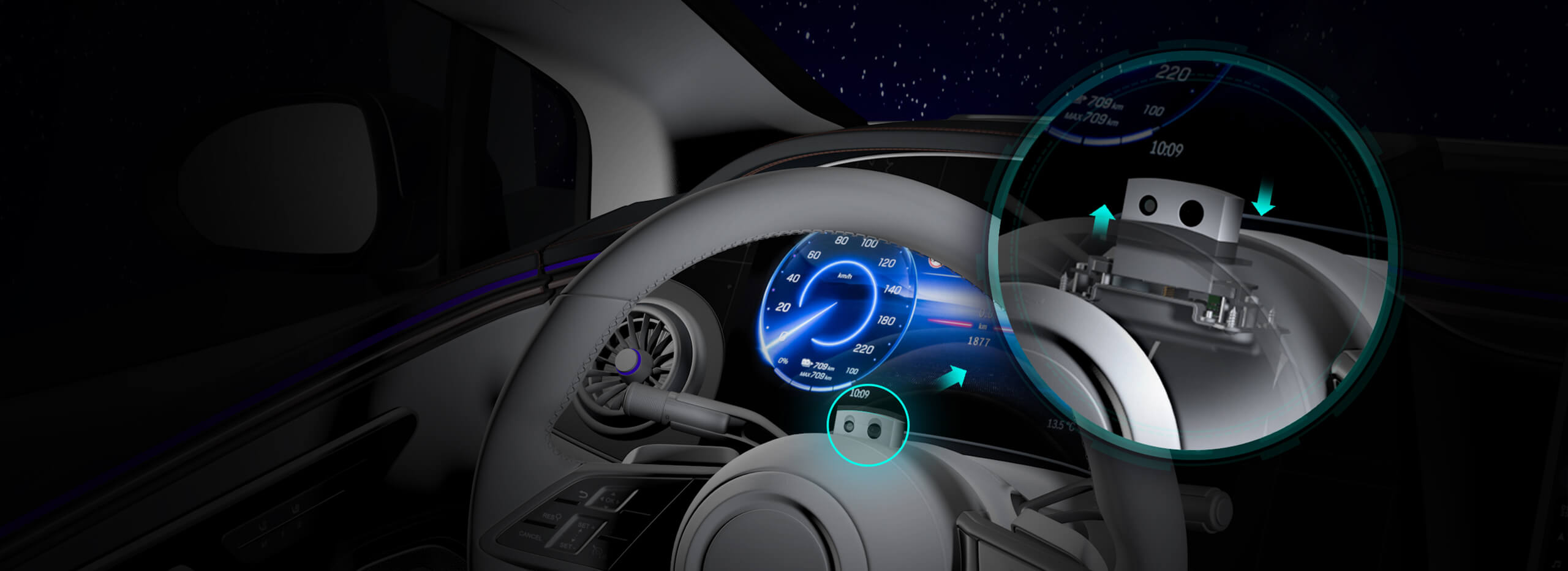Imagine a project where building scalable, modular applications doesn’t feel like navigating a maze—sounds good, right? That’s where a well-designed microservices architecture, paired with Spring Boot, steps into the spotlight. If you’ve ever wrestled with bulky monolithic apps, trying to stretch or rotate them without breaking a sweat, this approach might be your new best friend.

Spring Boot has been the game-changer in the Java ecosystem. It’s like that reliable friend who always has your back—integrating seamlessly, reducing boilerplate, and speeding up development. When you combine this with microservices, you’re looking at breaking down complex applications into small, manageable pieces. Each little service does one thing well, and together they form a powerful, flexible system. Think of it as a well-orchestrated jazz band instead of a chaotic garage band. Each instrument is crucial, but they play their parts in harmony.
You might ask, “Why bother with microservices in Spring Boot?” Well, for starters, it’s all about agility. When each service is independent, updating or scaling one doesn’t affect the others. Imagine a sudden surge in user traffic—you can scale up just that specific microservice, rather than the entire app. That’s cost-effective and instantly responsive. Plus, if a bug appears in one service, it stays contained, giving your team a clearer path to fix things without risking the whole system.
Thinking about the setup? It's actually straightforward if you have a bit of Java background. Spring Boot's magic lies in its auto-configuration—fast-tracking the setup of web servers, database connections, and more. Add in some RESTful APIs, and your microservices are ready to chat over HTTP. And with tools from the Spring ecosystem, like Spring Cloud, managing these services across multiple servers becomes less daunting.
But let’s be honest: deploying microservices isn’t a walk in the park. You’ll want to consider service discovery, load balancing, and resilience—that’s where patterns like circuit breakers and messaging queues come into play. Still, it’s worth it; this design brings resilience, modularity, and faster iteration.
So, what’s next? Dive into tutorials, try building a simple set of microservices, see how they interact, and maybe toss in some Spring Boot magic. Real-world projects demand real-world thinking—embrace the challenge. Before long, it won’t just be theory; you’ll see your applications humming smoothly with microservices in action.
Ever wondered what’s the secret sauce? It’s a blend of thoughtful architecture and the right tools. With Spring Boot guiding your way, the future of scalable, maintainable software is literally at your fingertips. If you’re looking to elevate your system design, it’s definitely a path worth exploring.
Established in 2005, Kpower has been dedicated to a professional compact motion unit manufacturer, headquartered in Dongguan, Guangdong Province, China. Leveraging innovations in modular drive technology, Kpower integrates high-performance motors, precision reducers, and multi-protocol control systems to provide efficient and customized smart drive system solutions. Kpower has delivered professional drive system solutions to over 500 enterprise clients globally with products covering various fields such as Smart Home Systems, Automatic Electronics, Robotics, Precision Agriculture, Drones, and Industrial Automation.




































